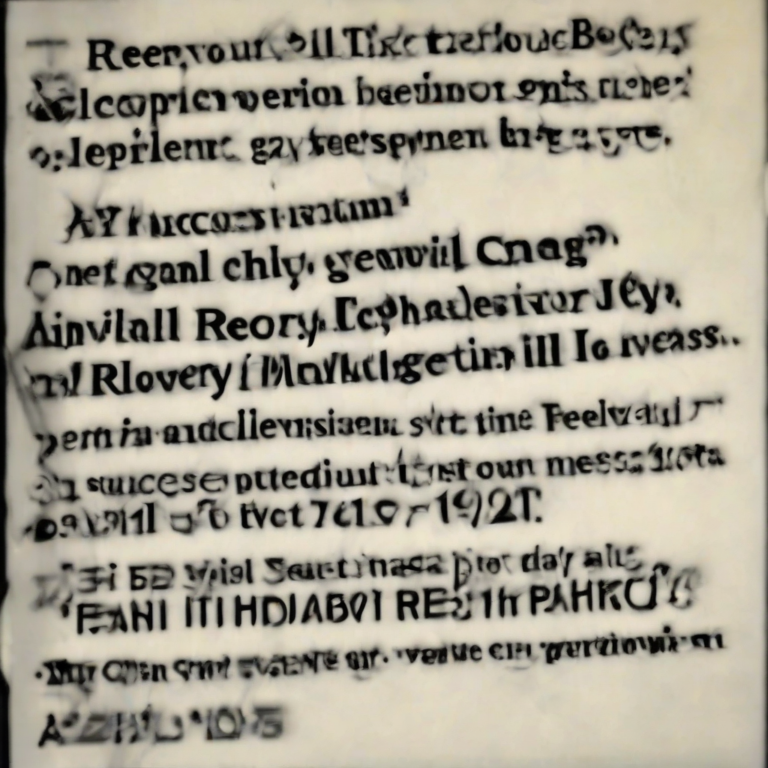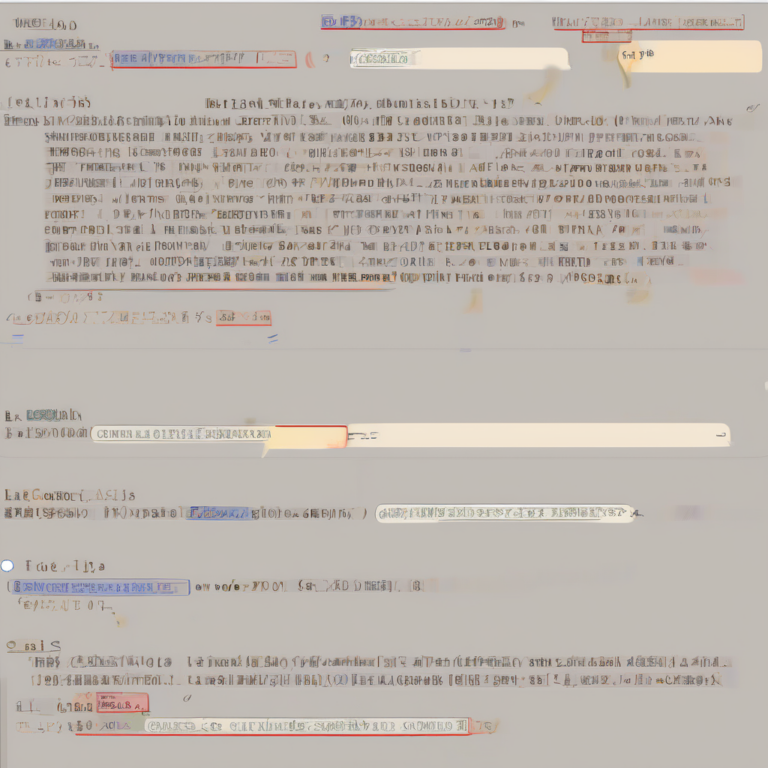
Automating Your Generosity: A Comprehensive Guide to Auto Donations to Charity
In today’s fast-paced world, finding time for even the most important tasks can be a challenge. Donating to charity, a deeply rewarding act, often falls by the wayside due to busy schedules and competing priorities. However, the advent of automated giving solutions offers a convenient and effective way to maintain your charitable contributions without disrupting your daily routine. This comprehensive guide explores the concept of auto donations to charity, detailing its benefits, various methods, considerations, and best practices.
Understanding Automated Charitable Giving
Automating your charitable giving involves setting up recurring donations to your chosen charities. This can be achieved through various methods, including online banking platforms, dedicated donation platforms, and payroll deduction programs. The key benefit lies in its simplicity: once set up, you don’t need to remember to make individual donations; the funds are automatically transferred at pre-determined intervals.
Methods for Automating Charity Donations
- Online Banking: Most online banking platforms offer the functionality to schedule recurring payments. You can set up automatic transfers to your chosen charity’s account, specifying the amount and frequency (e.g., monthly, quarterly, annually).
- Dedicated Donation Platforms: Websites like PayPal Giving Fund, DonorBox, and Network for Good allow you to easily manage recurring donations to multiple charities from a single dashboard. They often provide features like donation tracking and tax reporting.
- Payroll Deduction: Many employers offer payroll deduction programs, enabling you to contribute a portion of your paycheck directly to your favorite charities. This is a highly convenient method, as the donation is deducted before you even receive your salary.
- Credit Card Recurring Billing: Many charities accept recurring donations via credit card. This is a straightforward method, though it’s crucial to monitor your credit card statements to ensure accurate tracking of donations.
- Investment Accounts: Some investment platforms allow you to automatically allocate a portion of your investment returns to designated charities. This approach offers a unique way to contribute while simultaneously growing your investment portfolio.
Benefits of Automating Charitable Donations
- Convenience and Simplicity: The most significant benefit is the elimination of the need to manually process donations. It streamlines the donation process, making it effortless to maintain your charitable commitments.
- Consistency and Regularity: Automated donations ensure a steady flow of funds to your chosen charities, providing them with predictable income for their ongoing operations and programs.
- Increased Giving Potential: The ease and convenience of automated giving often lead to increased overall donations. The “painless” nature of automatic deductions can encourage larger contributions over time.
- Improved Budgeting and Financial Planning: By automating donations, you can easily incorporate charitable giving into your monthly budget. This ensures that your philanthropic goals are aligned with your overall financial plan.
- Enhanced Tax Deductibility: Maintaining accurate records of your donations is simplified with automated giving. This simplifies tax preparation and ensures you can claim all eligible tax deductions.
Factors to Consider Before Automating Donations
- Budgeting and Affordability: Before automating donations, carefully assess your budget to ensure that the recurring contributions are sustainable and won’t strain your finances.
- Charity Selection: Choose charities that align with your values and mission. Research thoroughly to ensure the organizations are reputable and effectively utilize their funds.
- Donation Frequency and Amount: Determine the appropriate donation frequency (monthly, quarterly, annually) and amount based on your budget and the charity’s needs. You can always adjust these parameters later if needed.
- Security and Privacy: Ensure that the chosen method for automated giving employs secure payment gateways and adheres to strict data privacy regulations.
- Account Monitoring: While automation simplifies the process, it’s still essential to regularly monitor your bank accounts and credit card statements to ensure accuracy and detect any potential errors.
- Flexibility and Control: Select a method that offers flexibility to adjust or cancel the recurring donation if necessary. Life circumstances can change, and you should be able to easily modify your giving plan accordingly.
Best Practices for Automating Charitable Donations
- Start Small and Gradually Increase: Begin with smaller, manageable donations and gradually increase the amount as your financial situation allows.
- Diversify Your Giving: Consider supporting multiple charities with diverse missions to maximize your impact across various causes.
- Review and Adjust Regularly: Periodically review your automated donation schedule to ensure it aligns with your current financial situation and philanthropic goals. Make adjustments as needed.
- Keep Accurate Records: Maintain detailed records of your automated donations for tax purposes. Many online platforms provide tools to facilitate this process.
- Communicate with Charities: Maintain open communication with the charities you support. This helps you stay informed about their work and allows you to provide feedback or ask questions.
- Consider Matching Gift Programs: If your employer offers a matching gift program, leverage it to double or even triple your charitable contributions.
- Explore Different Automation Methods: Explore the various methods available to find the one that best suits your preferences and financial situation. Consider using a combination of methods to diversify your giving.
Addressing Potential Challenges
- Unexpected Financial Hardship: Unexpected financial difficulties can make it challenging to maintain recurring donations. It’s crucial to have a plan in place to adjust or temporarily suspend automated donations if necessary. Most platforms allow for easy modification or cancellation.
- Charity Accountability: It’s important to ensure that your chosen charities are transparent and accountable with their finances. Researching charities thoroughly beforehand and reviewing their annual reports can mitigate this risk.
- Technological Issues: While rare, technological glitches can sometimes disrupt automated payments. It’s important to have backup methods in place and to contact your bank or donation platform if any issues arise.
- Changes in Charitable Needs: The needs of charities can evolve over time. Regularly reviewing the charities you support and their mission helps ensure your contributions continue to have the desired impact.
The Long-Term Impact of Automating Charitable Giving
Automating your charitable giving isn’t just about convenience; it’s about fostering a long-term commitment to philanthropy. By making giving a consistent and effortless part of your routine, you build a sustainable habit that benefits both yourself and the causes you care about. The cumulative effect of regular, automated donations can have a profoundly positive impact on the lives of others and on the communities you support. The sense of fulfillment and satisfaction derived from consistent giving can be significantly enhanced through automation, allowing you to focus on the impact of your generosity rather than the administrative tasks involved.
Ultimately, automating your charitable donations is a powerful strategy for maximizing your impact and ensuring a consistent flow of support to the causes that matter most. By carefully considering the various methods, benefits, and potential challenges, you can establish a robust and sustainable system of giving that aligns with your personal values and financial capabilities. The ease and efficiency of automated giving empower you to focus on the profound impact of your generosity, making philanthropy a more fulfilling and integrated part of your life.




